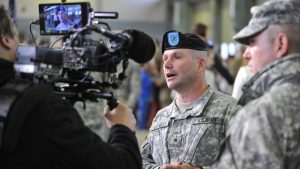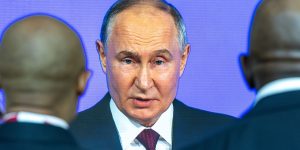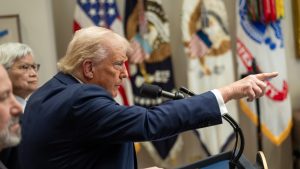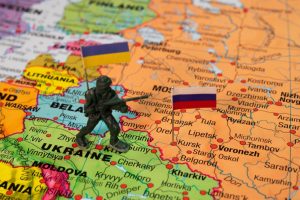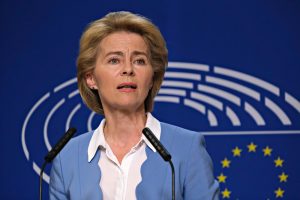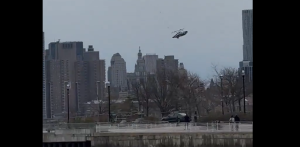Ukraine has drawn a firm line in ongoing peace talks, rejecting any limitations on the size or readiness of its armed forces
Others are reading now
Ukraine has drawn a firm line in ongoing peace talks, rejecting any limitations on the size or readiness of its armed forces—a proposal reportedly floated by Russian President Vladimir Putin during discussions about ending the war.
“No one, and certainly not the aggressor state Russia, will dictate to Ukraine what kind of armed forces it should have,” said Pavlo Palisa, deputy chief of staff to President Volodymyr Zelensky, during remarks following a diplomatic mission to Saudi Arabia.
Palisa emphasized the military’s role as Ukraine’s most reliable guarantee of security in the event of another Russian attack, as reported by Digi24.
U.S.-Brokered Truce and Ongoing Russian Attacks
The U.S. recently brokered a 30-day unconditional ceasefire between Ukraine and Russia, which prompted Washington to resume military aid and intelligence-sharing with Kyiv.
Also read
Russia, however, has asked for further clarification and has not formally agreed to the terms.
While both sides initially agreed not to target each other’s energy infrastructure, mutual accusations of violations soon followed.
Ukraine is preparing for a potential new wave of Russian offensives later this month.
Palisa identified the eastern city of Pokrovsk as a likely focal point of Russian advances, in addition to activity in Kupiansk, Lyman, Zaporozhzhia, and Novopavlivka.
“Pokrovsk is, in my opinion, the top priority,” Palisa said, warning of Russia’s aim to encircle the city and consolidate control over the Donetsk region.
Ukraine’s Security Demands and Military Independence
In response to pressure for a swift peace deal from the Trump administration, Kyiv reiterated that it would never recognize Russian sovereignty over occupied Ukrainian territory.
While acknowledging that some regions might not be immediately regained, Ukraine insists that no external actor—including the U.S. or Russia—can dictate its defense structure.
Ukraine has requested formal security guarantees from the U.S. and Europe, though Washington has yet to commit.
Some European powers are considering a “coalition of the willing” that could offer deterrence through troop deployments.
Uncertainty remains over future U.S. military aid, especially regarding critical air defense and missile systems like Patriot, HIMARS, and ATACMS.
Palisa confirmed that new aid packages haven’t been discussed yet but may arise as truce talks develop.
Meanwhile, Ukraine is investing in domestic weapons production, with several nations agreeing to transfer licenses and technical documentation. “The process is progressing and is quite dynamic,” Palisa said.


